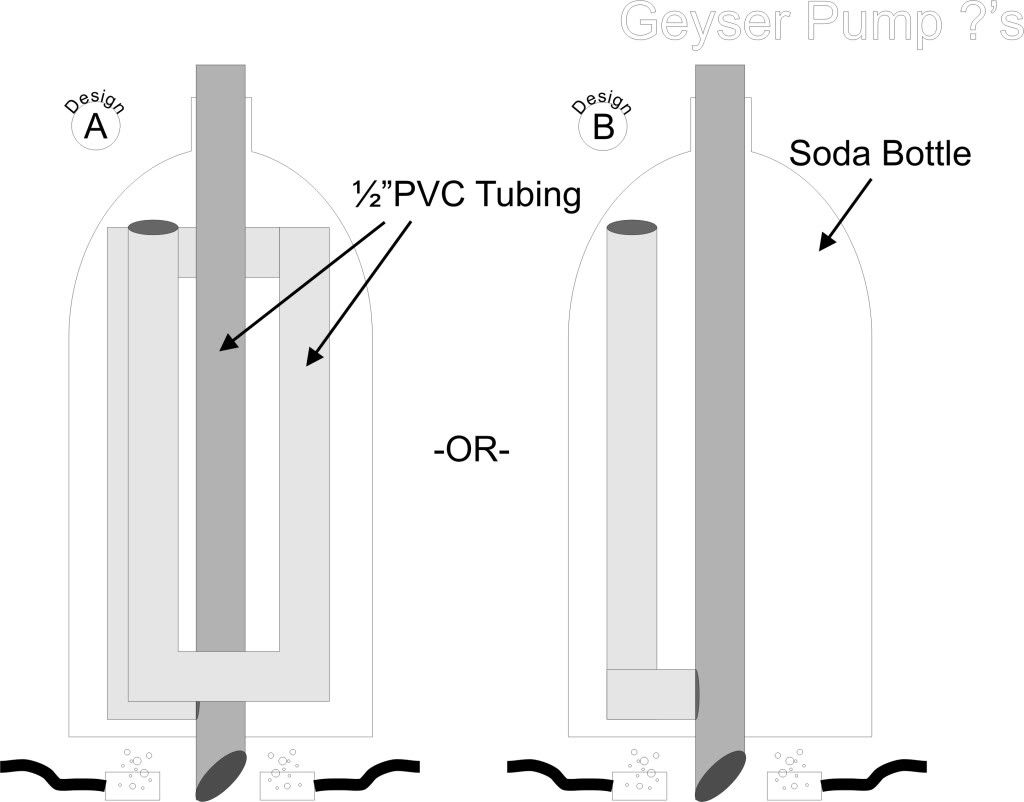Well, I finally got up off my butt and built an aquaponic growing system this year for veggies. I have wanted to do this forever, and finally had a stable enough place to complete my endless thoughts. I saw on Modern Marvels, Space Farm Enterprises, growing hydroponic hops and thought I would just go ahead and incorporate them into the system this year.
So, here it is from the beginning. I ran out of daylight today and will take pictures tomorrow of the planted grow-tubes. I used 6" PVC schedule 40 tubes. I had to saw off the flange at the ends for them to fit the end caps, so they are now only 9.5' long. They were fluted out to fit easily on one another, which would be great for longer grow-tubes in a bigger system one day. The tank is a 110 gallon stock tank from Tractor Supply Company, just $59.99+tax, not bad!!! Here is a close-up of the cuts made for planting holes (and yes, I de-burred them). My Crocodile Saw made short work of these holes, man I love that thing. There are only 9 planting holes per tube, with one hole for drain clean-out.
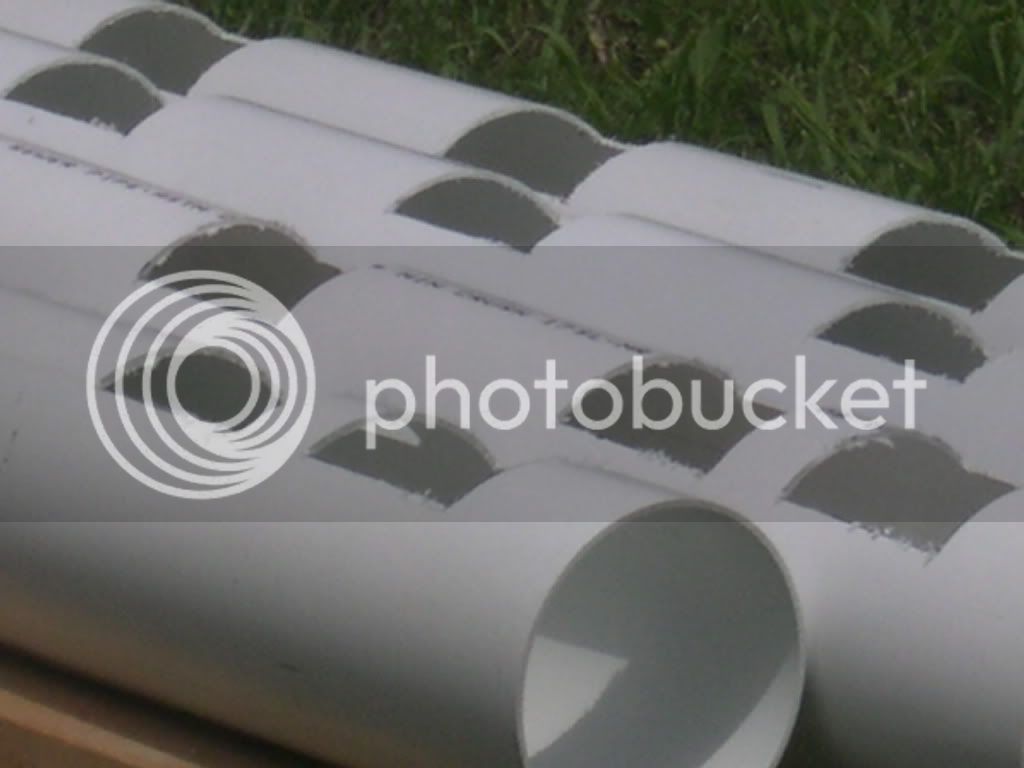
Here's the stand almost finished. I had to ad two more bracing 2X4's for extra support for the droopy PVC tubes.
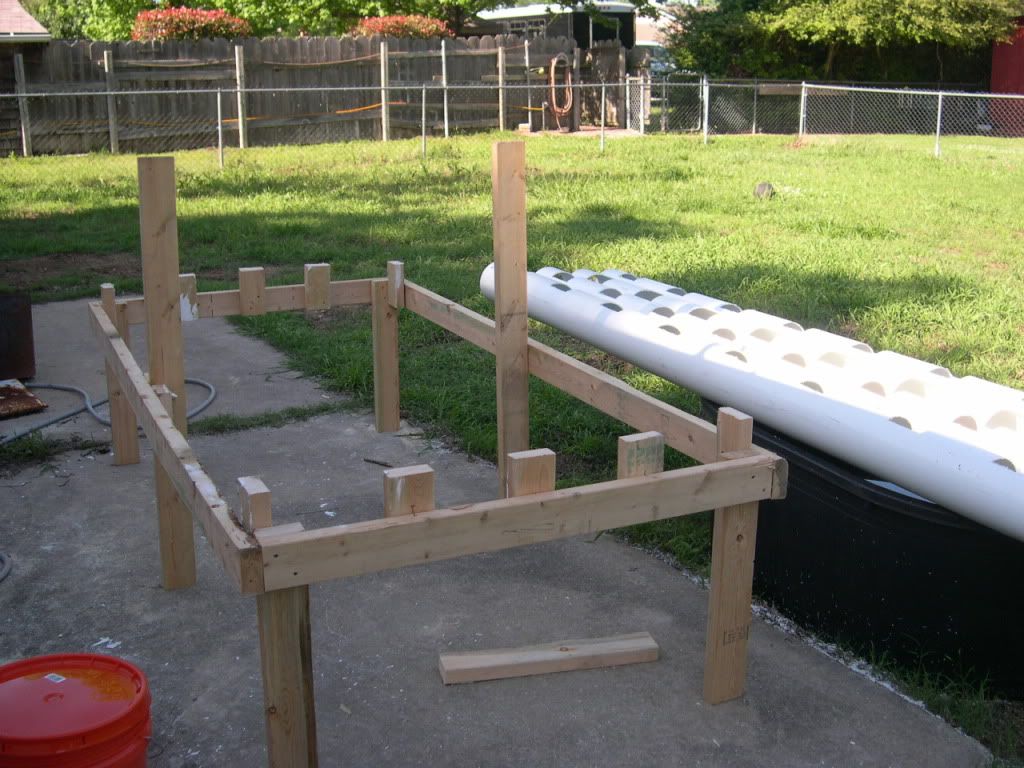
The grow-tubes placed for showing the spacing.
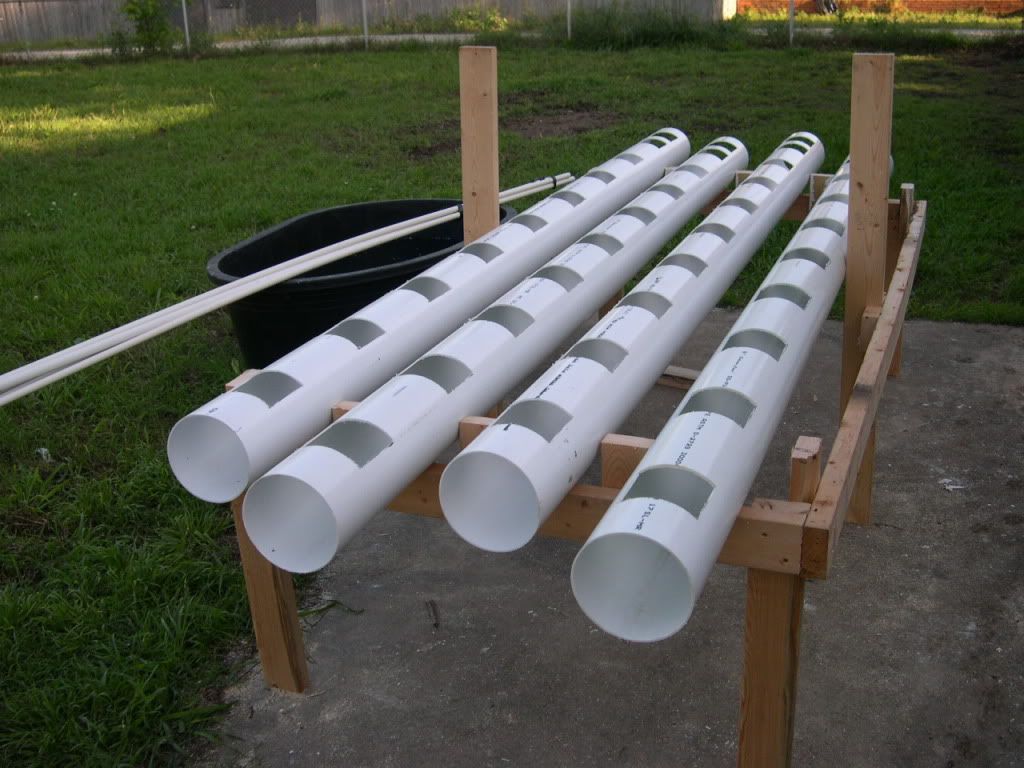
I am so fricken tired from hauling gravel and mowing lawns today that I didn't get any photos today, but they will be here for your weekend enjoyment tomorrow, lol. Hope you guys enjoy so far, and tune in tomorrow.
So, here it is from the beginning. I ran out of daylight today and will take pictures tomorrow of the planted grow-tubes. I used 6" PVC schedule 40 tubes. I had to saw off the flange at the ends for them to fit the end caps, so they are now only 9.5' long. They were fluted out to fit easily on one another, which would be great for longer grow-tubes in a bigger system one day. The tank is a 110 gallon stock tank from Tractor Supply Company, just $59.99+tax, not bad!!! Here is a close-up of the cuts made for planting holes (and yes, I de-burred them). My Crocodile Saw made short work of these holes, man I love that thing. There are only 9 planting holes per tube, with one hole for drain clean-out.

Here's the stand almost finished. I had to ad two more bracing 2X4's for extra support for the droopy PVC tubes.

The grow-tubes placed for showing the spacing.

I am so fricken tired from hauling gravel and mowing lawns today that I didn't get any photos today, but they will be here for your weekend enjoyment tomorrow, lol. Hope you guys enjoy so far, and tune in tomorrow.


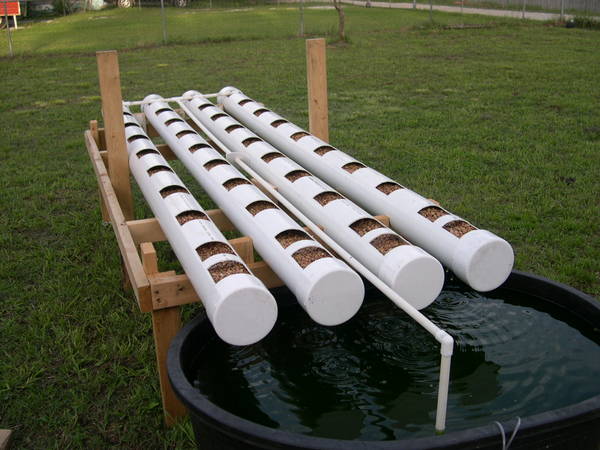
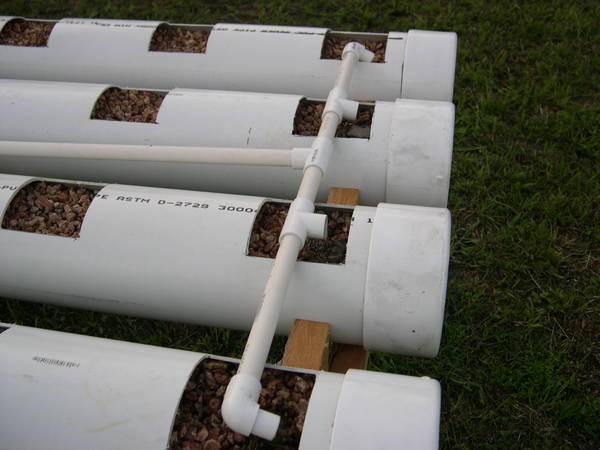
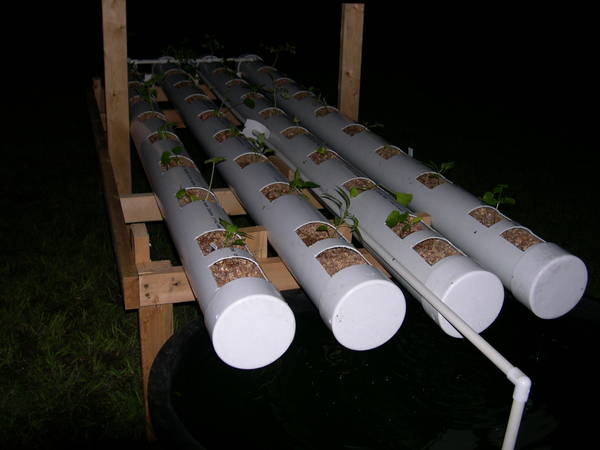
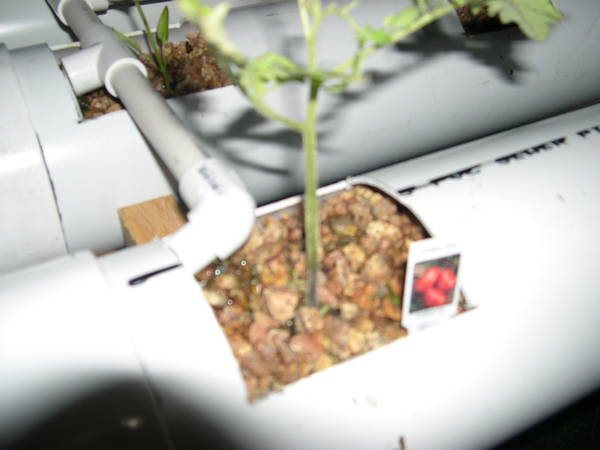
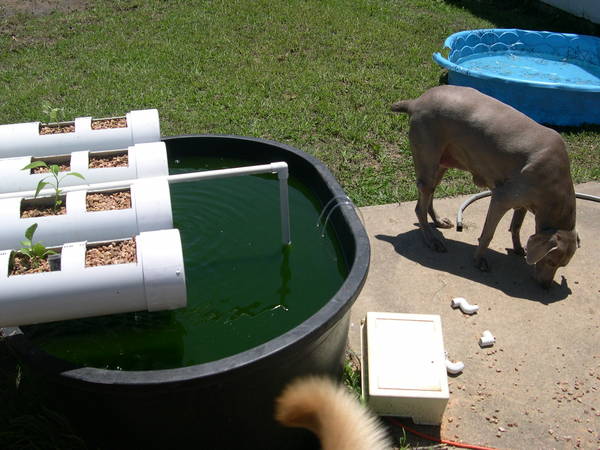




































![Craft A Brew - Safale S-04 Dry Yeast - Fermentis - English Ale Dry Yeast - For English and American Ales and Hard Apple Ciders - Ingredients for Home Brewing - Beer Making Supplies - [1 Pack]](https://m.media-amazon.com/images/I/41fVGNh6JfL._SL500_.jpg)



















